
by admin | Jan 8, 2013 | North Louisiana
I’ve wanted to visit the city of Natchitoches ever since first hearing about it in college. The town’s name alone implies someplace special and unique. Dubbed the “City of Lights” in honor of its Christmas light show during the holidays, Natchitoches has been featured in all the regional magazines as one of the must-see Southern towns.
.JPG) |
| View of the Red River from Grand Ecore Visitor’s Center |
I don’t know what took us so long to get there, but we finally booked our hotel and began the four-hour drive northwest over the New Year’s weekend. Despite leaving early, we arrived late Saturday afternoon and took a quick drive-by peak at downtown before heading north to the Grand Ecore Visitor’s Center. Perched on an 80-foot bluff along the Red River, the Visitor Center offers spectacular views as well as a short trail along the bluff’s edge. Inside, various exhibits outline the history of the area, from paleontology and Native Americans to the Civil War and the importance of the Red River. We had made it just before closing time, and the kids had a brief window to try their hands at a simulator where they navigated a ship through a lock in the river.
.jpg) |
| Front Street |
The gate closed behind us as we left the site to drive back into Natchitoches’ historic district. The evening sky was darkening already, and the city’s lights were blinking on over the street and across the banks of the Cane River Lake. Front Street, with its ornate buildings decorated with elaborate cast iron railings, was packed with people mingling about waiting for the last fireworks show of the holiday season. We mingled among them, window shopping through the Christmas-themed display of the 1863 Kaffie Frederick Hardware Store and peaking down alleys and into intimate restaurants.
Chilled from the winter air, we popped inside the Cane Brake Cafe for a late café au lait, “real” chocolate milk and the finest cupcakes I have ever seen, with a giant magnolia icing flower placed delicately on top. After the boys were re-sugarized, we let them loose along the river, where they danced under the fake snow blowing overhead and chatted with horses waiting for their next buggy tour. We made it the full length of the light show before racing back to the car, blowing warm air on our frost-bitten fingers.
.JPG) |
| Lasyone’s Meat Pie |
Cruising Second Street to take in more sightseeing, we spotted the famous Lasyone’s Meat Pie Restaurant. Rarely open past three o’clock, the restaurant had made an exception for the festival, and we landed one of the last tables for the night. To say their meat pies were good is a severe understatement. I’ve tried so-called “authentic Natchitoches meat pies” at several festivals in New Orleans, and they pale in comparison to the real thing. These amazing puffs of beef and pork melt in your mouth and are excellent paired with red beans and rice. My only regret is we didn’t buy a dozen frozen ones to bring home with us. The fireworks began as we exited the restaurant, and with my youngest crying in terror, we packed them into the car and found a church parking lot with a front-row view.
Day two in Natchitoches started at the National Fish Hatchery. Although the main hatchery is closed on Sundays, we tested the front door and discovered the aquarium is apparently open all the time. It was a large room lined with oversized fish tanks and a child-sized viewing platform underneath. My four-year-old snapped dozens of pictures, capturing every fish in the place, while August ran from tank to tank pointing and screaming “fish, fish!” I busied myself with the miniature Caddo Indian village depicting how life would have been for the Native Americans who had once thrived here, several of whom were found in a burial ground underneath the hatchery.
.JPG) |
| Ft. St. Jean Baptiste Historic Site |
Returning to downtown in the daylight, we stopped to view the tops of the recreated 18th century buildings in the Ft. St. Jean Baptiste Historic Site. Unfortunately closed on Sundays, we had to settle with our miniscule look over the back fence and write it on the list for next time. Moving on, we snapped the obligatory photo of the “Steel Magnolias” house as well as pictures of the countless bed and breakfasts up and down nearly every street. Each one was more pristine and beautiful than the previous, and I wondered how anyone chose in which one to stay.
.JPG) |
| Roque House |
At the end of the Cane Riverbank, we found the Roque House, an 1803, Creole architecture home moved to this location in 1967. The large roof of cypress shingles seems to cloak the building underneath, accented by exposed cypress posts placed right in the ground and filled with “bousillage,” a mixture of mud, Spanish moss and animal hair. Amazingly, the entire home was built with no nails.
Behind the house, a massive iron gate stood partially open, inviting us into a small park with a gentle waterfall to the river. We had the place to ourselves, and the kids chased each other back and forth across the bridges. It was our last stop before taking off for the Cane River Creole National Historical Park and Kisatchie National Forest, a journey worthy of its own separate blog.
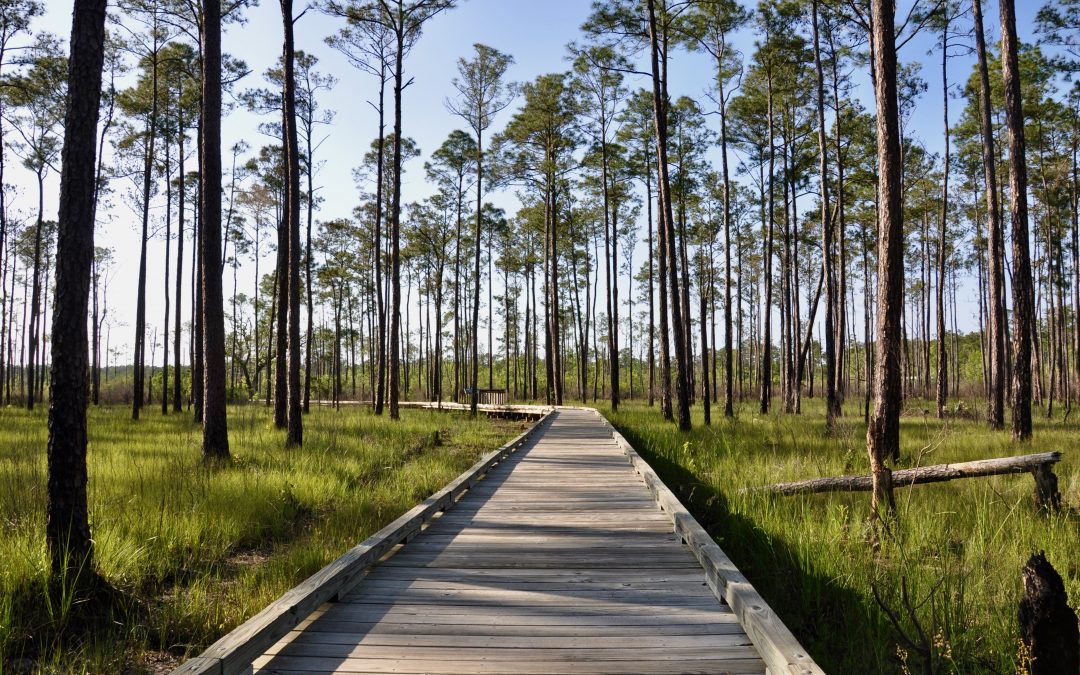
by admin | Sep 25, 2019 | Featured Posts, Greater Baton Rouge, Greater New Orleans, Most popular, North Louisiana
The words hiking and Louisiana don’t often go together. They certainly don’t conjure up images of rugged mountain trails past bubbling creeks. But if you know where to look, Louisiana offers a unique chance to get outdoors in a different way. Discover a boardwalk trail through a cypress swamp, a beautiful waterfall just over the state line or a taste of our “hill country.” Here are some of our favorite day hikes in Louisiana.
Jean Lafitte National Historical Park and Preserve and Wetland Trace
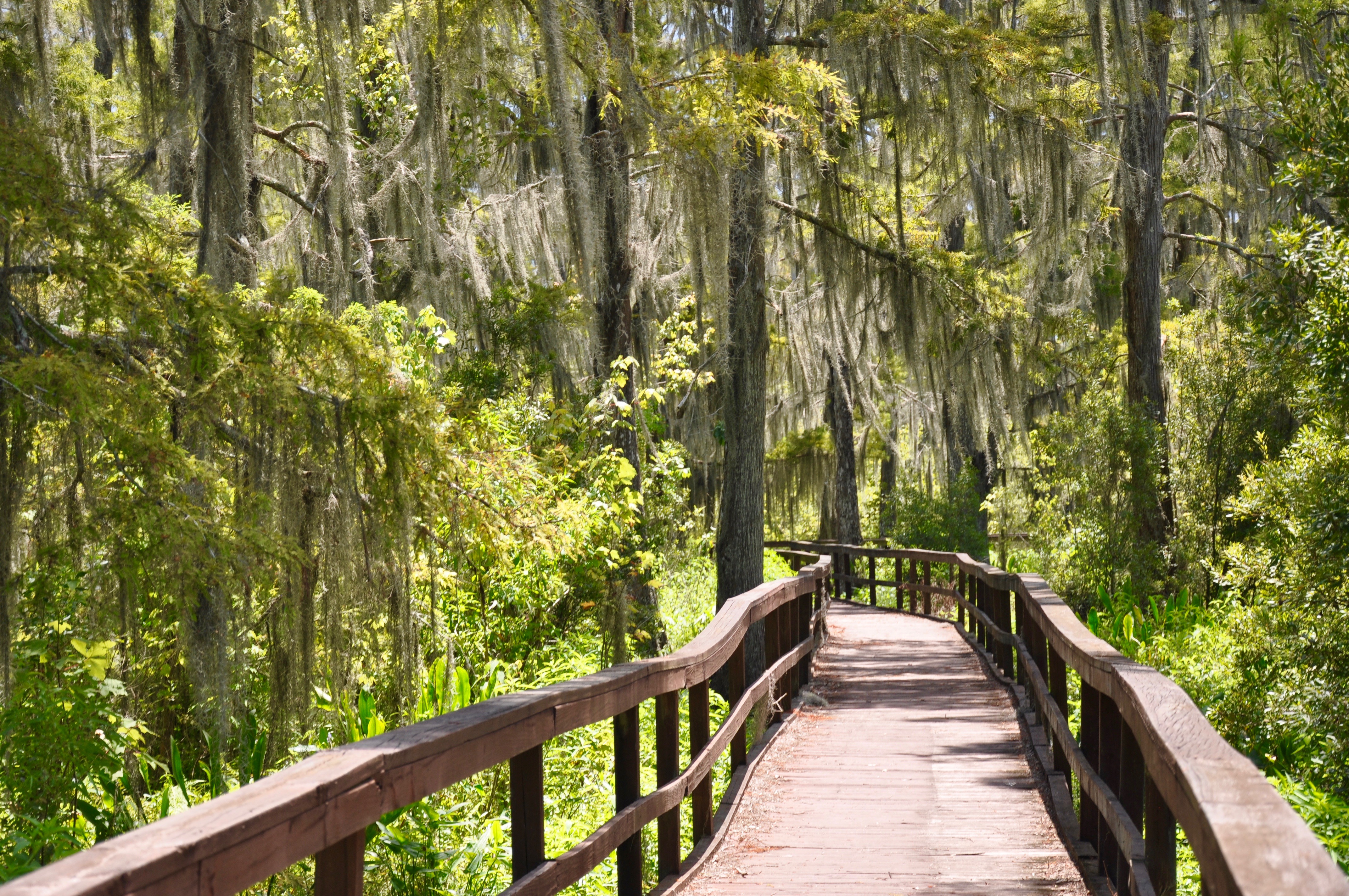
Jean Lafitte (both the park and the town) is about a half hour drive south of New Orleans. At the Barataria Preserve of Jean Lafitte National Historical Park and Preserve, walk through giant palmettos to the water’s edge, where frogs and alligators hide beneath the surface and banana spiders loom overhead. Take in another view of the swamp down the road at the Town of Jean Lafitte’s Wetland Trace. A little known gem, the trail is located behind the town’s Barataria Museum. Learn about the area’s most famous pirate – Jean Lafitte – before entering this quiet and secluded boardwalk. Look for blooming wild irises, six-foot-long snakes moseying along the boardwalk, or alligators peering silently out of the water.
Kisatchie National Forest
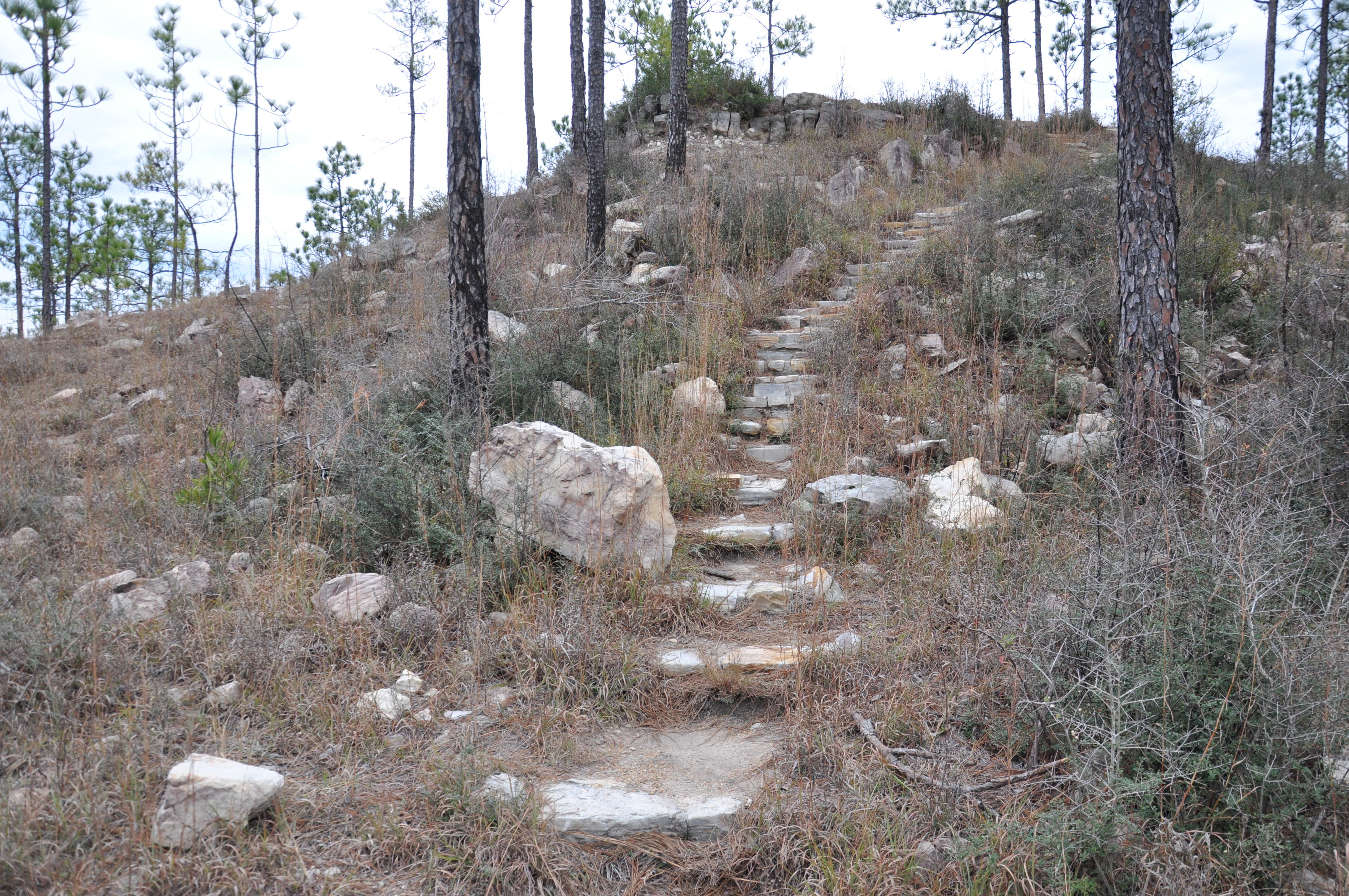 Any road trip north to Natchitoches should include a stop by Kisatchie National Forest. Divided into five districts, the forest offers an array of recreational opportunities – from hiking or biking to horseback riding or fishing. Choose from numerous trails, such as the 27-mile Wild Azalea Trail in the Calcasieu District–the longest trail in Louisiana. A perfect option for kids, though, is to drive the 17-mile Longleaf Scenic Byway and stop at the Longleaf Vista Interpretive Trail. A short stroll through bottomland hardwoods to a sandstone outcropping, the walk offers a seldom seen view of Louisiana’s “hill country.”
Any road trip north to Natchitoches should include a stop by Kisatchie National Forest. Divided into five districts, the forest offers an array of recreational opportunities – from hiking or biking to horseback riding or fishing. Choose from numerous trails, such as the 27-mile Wild Azalea Trail in the Calcasieu District–the longest trail in Louisiana. A perfect option for kids, though, is to drive the 17-mile Longleaf Scenic Byway and stop at the Longleaf Vista Interpretive Trail. A short stroll through bottomland hardwoods to a sandstone outcropping, the walk offers a seldom seen view of Louisiana’s “hill country.”
Clark Creek
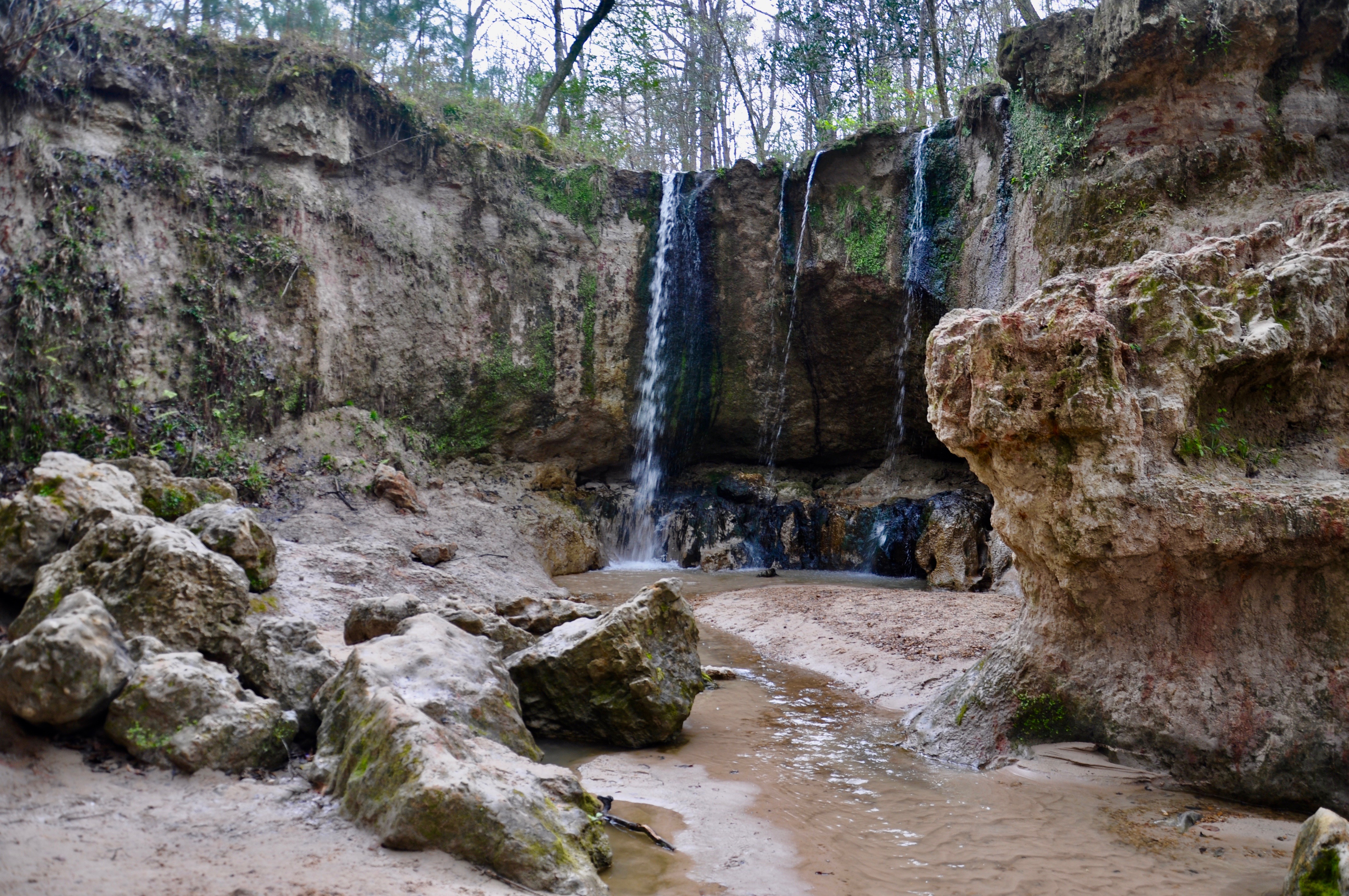 Technically in Mississippi, Clark Creek Natural Area is just across the border from St. Francisville. The trail begins along an excellent fossil hunting area and makes it way down to Clark Creek. Steep bluffs form the backdrop for the area’s waterfalls – a rare site in this part of the country. Spend the day here splashing through the creek and eating a picnic lunch by the waterfall. Be sure to carve out some time for a walk through picturesque St. Francisville on your way out.
Technically in Mississippi, Clark Creek Natural Area is just across the border from St. Francisville. The trail begins along an excellent fossil hunting area and makes it way down to Clark Creek. Steep bluffs form the backdrop for the area’s waterfalls – a rare site in this part of the country. Spend the day here splashing through the creek and eating a picnic lunch by the waterfall. Be sure to carve out some time for a walk through picturesque St. Francisville on your way out.
Big Branch Marsh National Wildlife Refuge
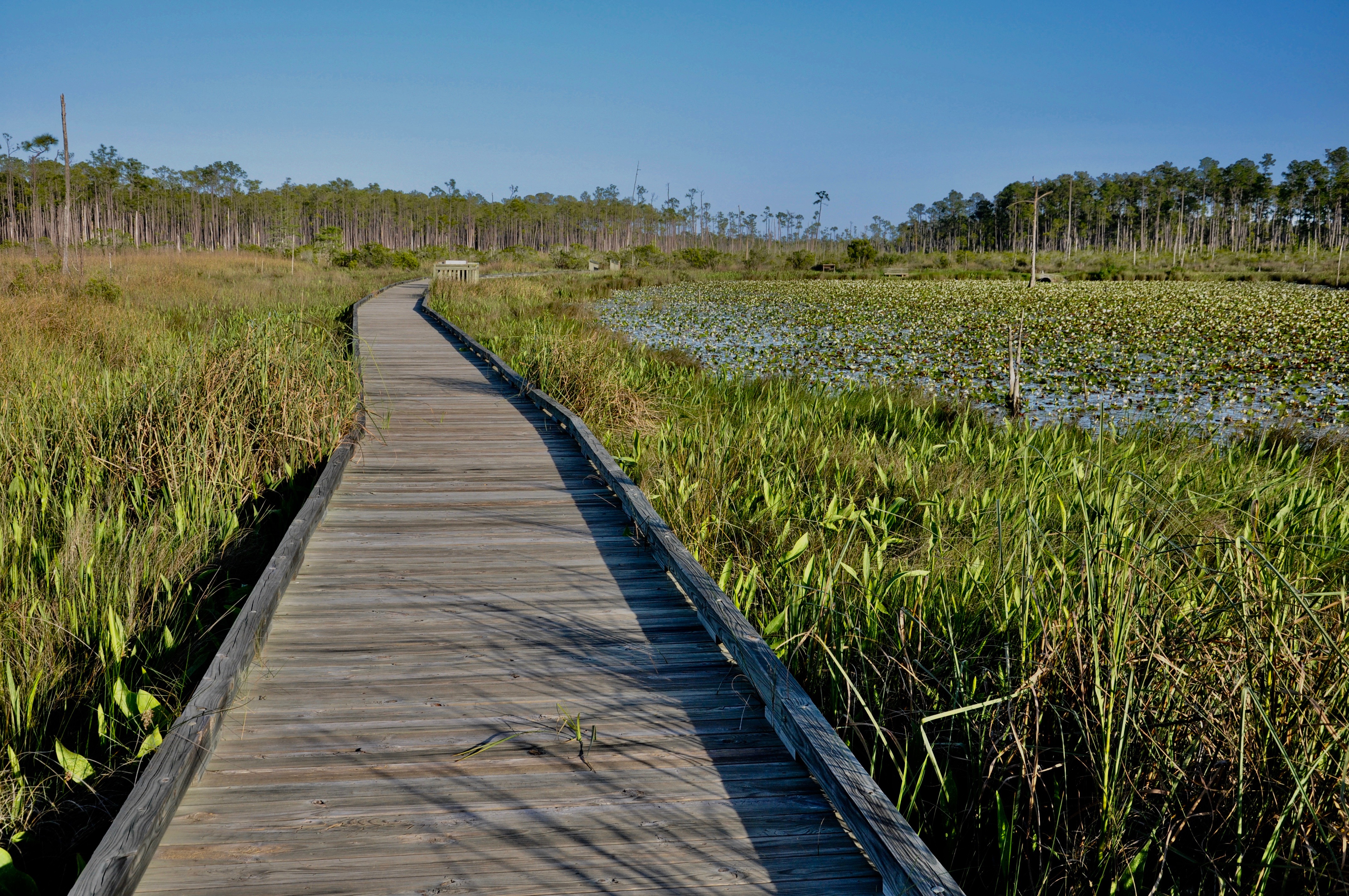
The Boy Scout Road trail at Big Branch Marsh National Wildlife Refuge takes you off the beaten path along Lake Pontchartrain’s northshore. Begin in a pine savannah leading to a half-mile interpretive trail along a boardwalk over a fresh mash. The trail then turns down a 2-mile, one-way gravel road known as Boy Scout Road. Walk through a forest to the edge of Bayou Lacombe. Years ago, schooners would sail here to carry locally made bricks across the lake to New Orleans. Don’t miss the Bayou Lacombe Visitor Center in Lacombe, featuring wildlife exhibits and trails through camellia, azalea and butterfly gardens.
Louisiana State Arboretum
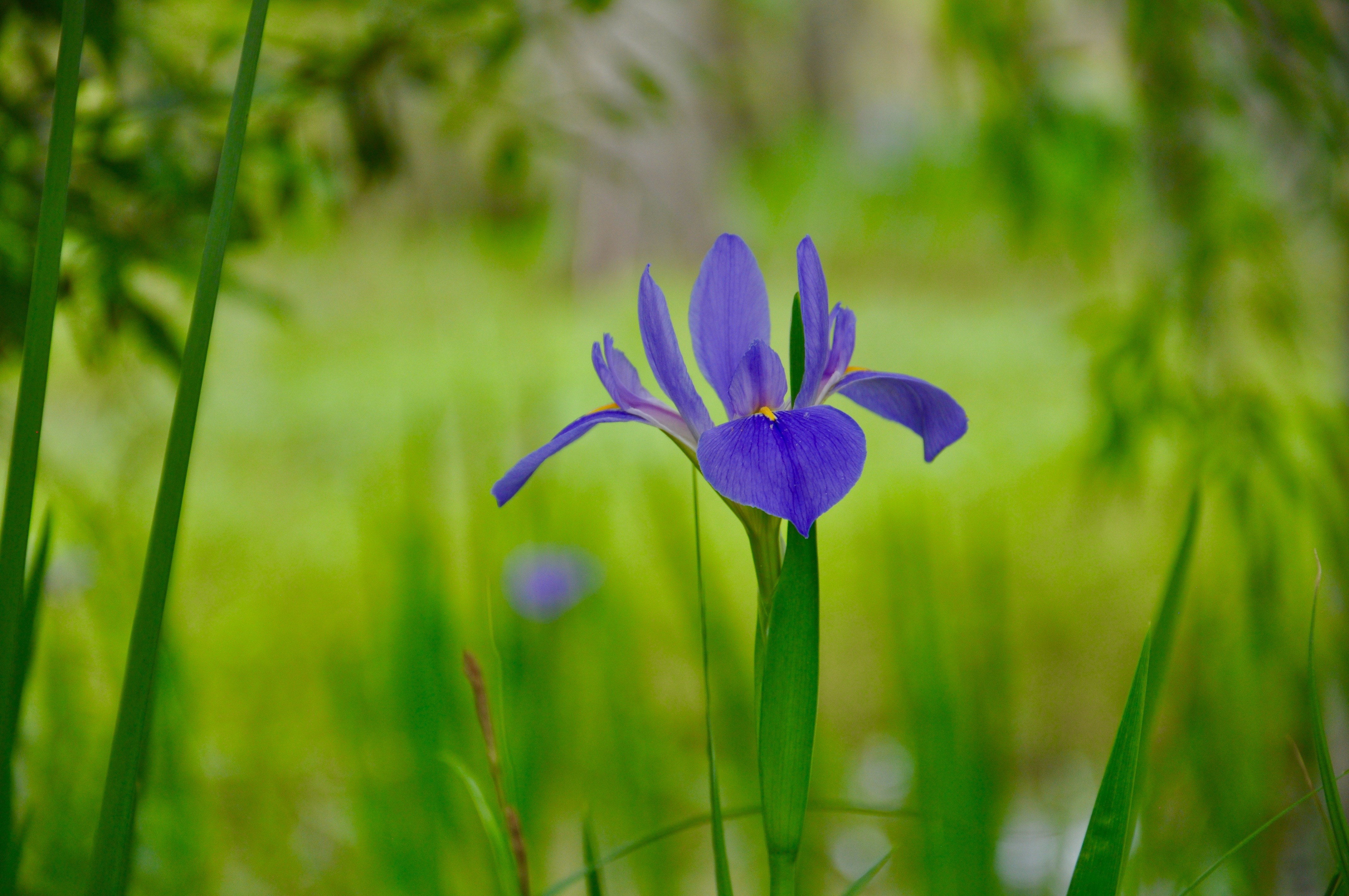
The 600-acre Arboretum came to fruition because of Louisiana naturalist Caroline Dormon. Located within Chicot State Park, the Arboretum features 6 miles of trails. The Walker Branch begins near Lake Chicot at the Nature Center. It ends near the Dormon Lodge, which has an exhibit to the noted naturalist. Several spur trails break off from the Walker Branch, leading to countless interpretive signs designating various species of trees. For the more adventurous, check out the 20-mile hiking trail around Lake Chicot.
This is actually just a tip of the list. Other hikes and walks we’ve discovered on our travels include the following:
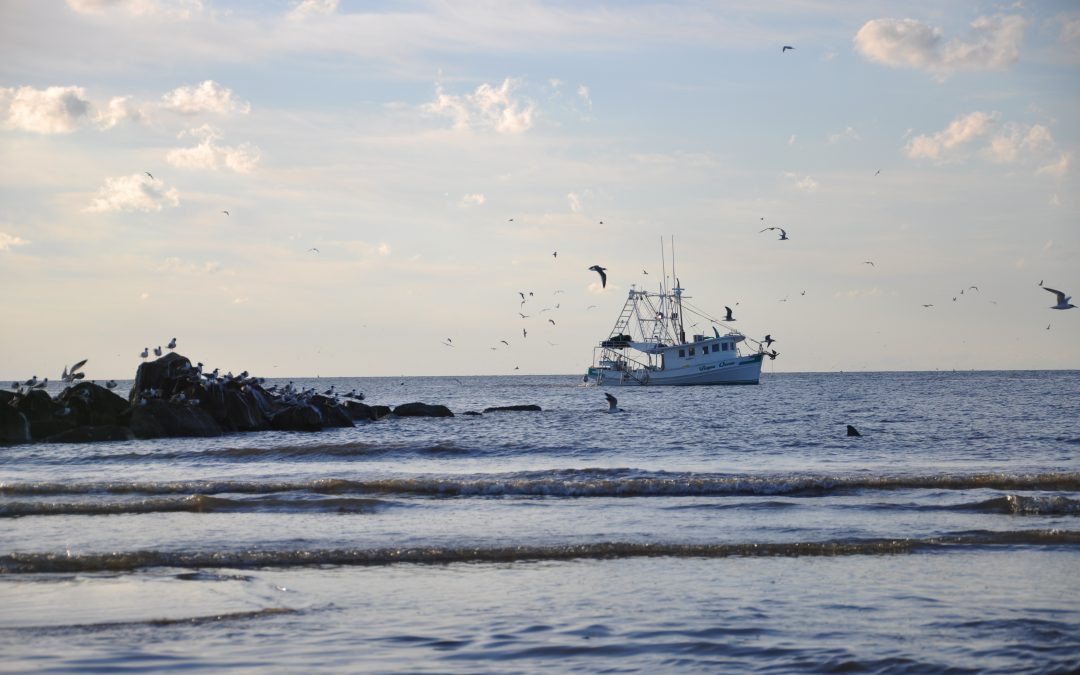
by admin | Aug 30, 2019 | Uncategorized
Make the most of the weekend by exploring new places on one of our Louisiana road trips. From historic towns to breathtaking scenery, new discoveries are all within a few hours drive of any corner of Louisiana.
St. Francisville

Arguably the most picturesque small town in the state, filled with historic plantations, stories of ghosts and the drawings of John James Audubon. Visit beautiful gardens and a walkable historic district. Outdoors enthusiasts love Tunica Hills’ waterfalls. And don’t miss Cat Island, home to the largest bald cypress tree in the world.
Cajun Country
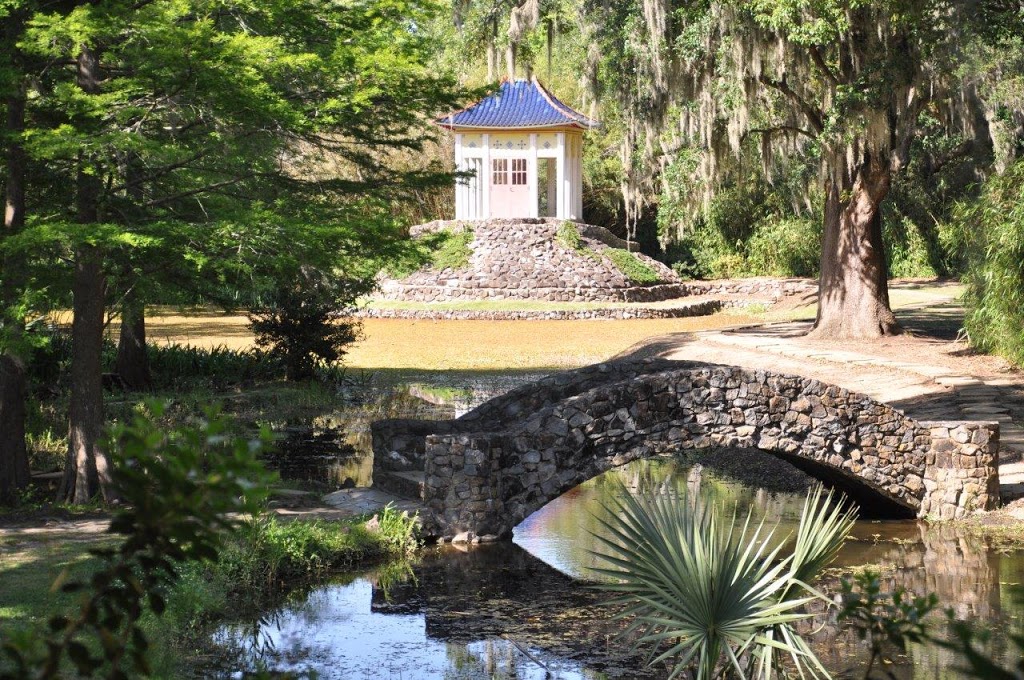
From Lafayette south, Cajun country is a land of boudin and Cajun dance halls, Tabasco and Rip Van Wrinkle Gardens. Paddle the other-worldly Atchafalaya Basin and meandering, scenic bayous. It’s a place where French is woven into everyday language, good food is a way of life and music festivals dominate the weekends.
Grand Isle
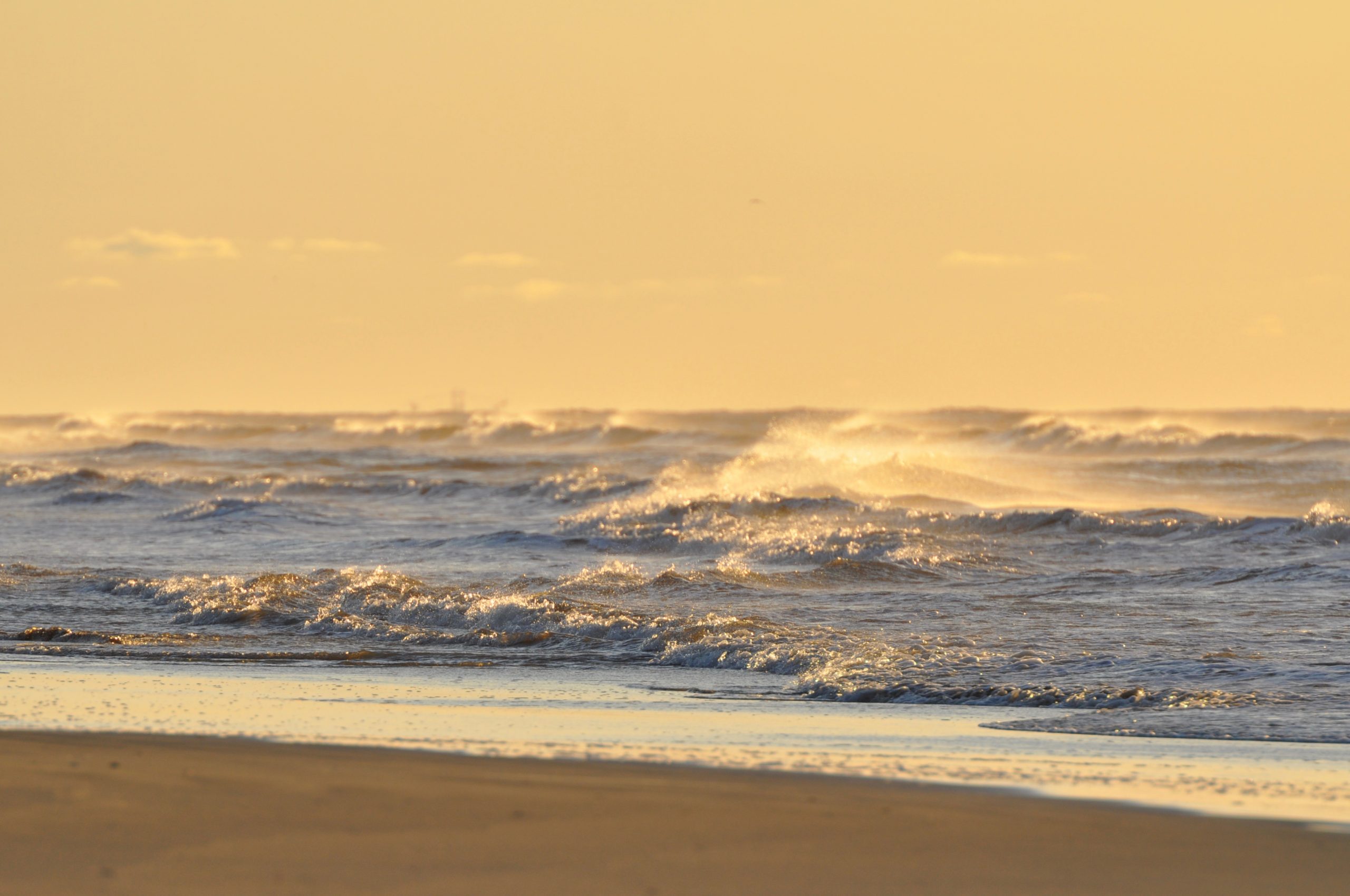
Wind your way down Bayou Lafourche (past the shrimp boats moored until next daylight) until the marsh opens up to the Gulf of Mexico. After all, getting to Grand Isle is half the experience. A fishing village on stilts, Grand Isle’s southern border boasts miles of sandy beaches and expansive Gulf views. Visit during peak migration and be greeted by thousands of song birds flocking to the inland forest. Camp on the beach at Grand Isle State Park. Take a boat ride to Queen Bess Island and view the pelican rookery. Or hire a charter and experience some of the best fishing in the world.
Natchitoches
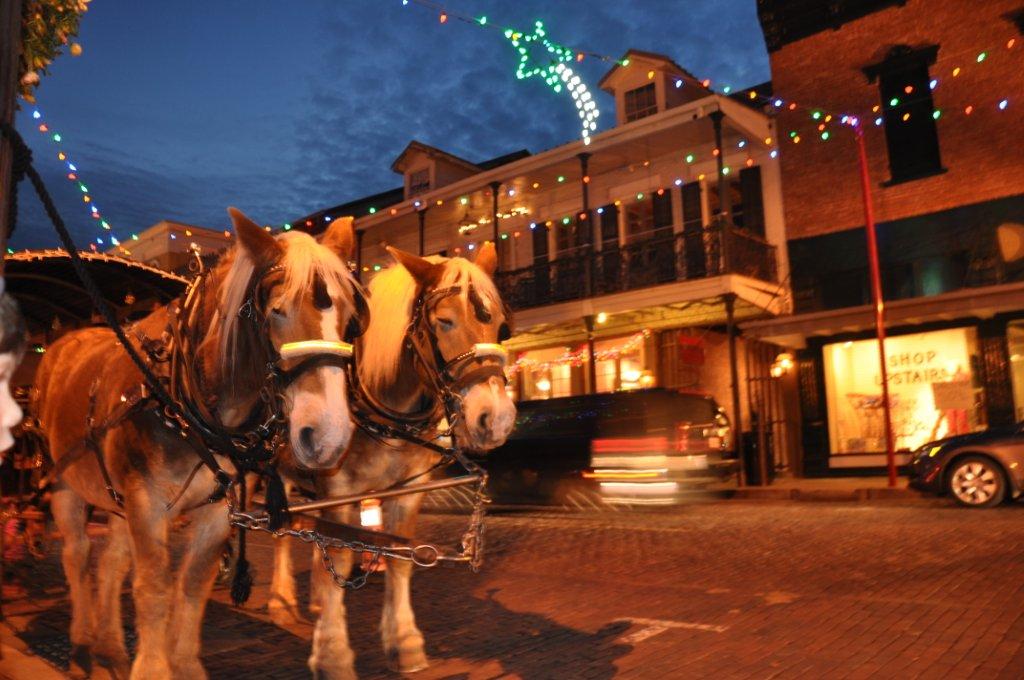
The oldest permanent settlement in Louisiana effortlessly blends historic with modern. The town offers a little something for everyone—from Fort St. Jean Baptiste and French Creole townhouses to world famous meat pies and the Louisiana Sports Hall of Fame. Don’t miss the Roque House and Gardens, the Cane River Creole National Historical Park, or Kisatchie National Forest.
New Orleans

Outsiders think the Crescent City is all Bourbon Street and nonstop partying. Yet locals know this most European of American cities is a gem for families. Start with the Audubon attractions (the Zoo and Aquarium are some of the best in the country and the Insectarium is a rare find for your bug-loving adventurer). Ride the streetcar, hopping off to visit Audubon Park. You might even catch the Roman Candy man with his mule-drawn cart.
Eat your fill of beignets while watching street performers in the Quarter. Then ride the Paddlewheeler to the Chalmette Battlefield. Bring a picnic to the Fly and watch the ships go by on the Mississippi. Or spend a day at City Park visiting the New Orleans Museum of Art, the Sculpture Garden, Amusement Park and Storyland, and the new Louisiana Children’s Museum. You can even paddle your own boat or surrey around the bayous and trails. And be sure to try every snoball stand you pass!
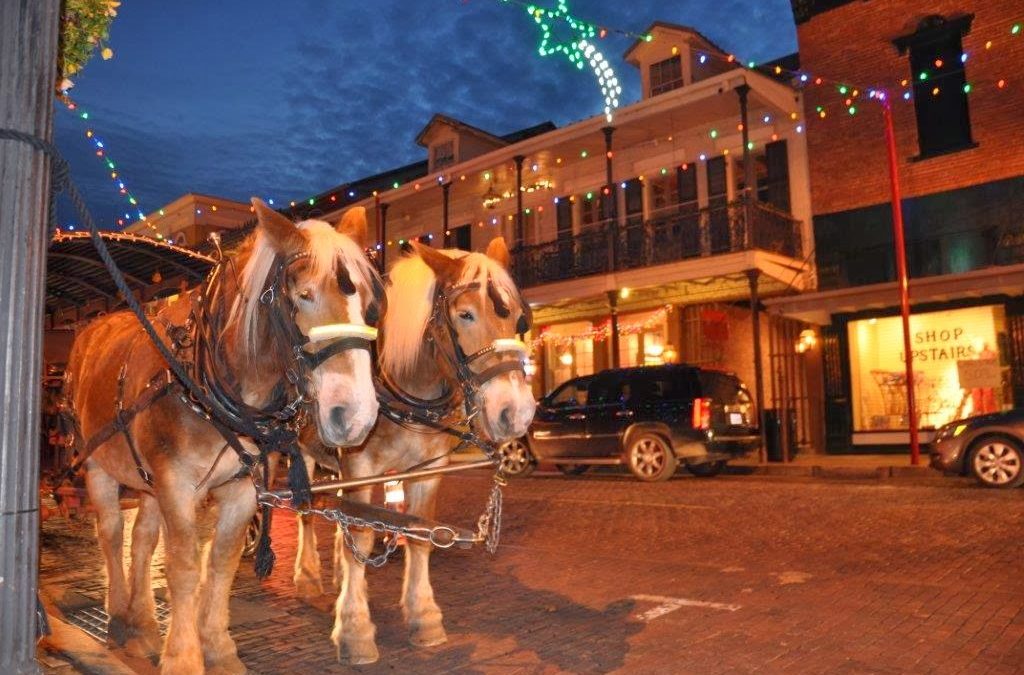
by admin | Dec 4, 2013 | Cajun Country, Greater New Orleans, North Louisiana, River Road
With Thanksgiving behind us and the tree ready for decorating in our front room, I can officially say we’re full swing into the holiday spirit. This is the time of year I make my wish list of must-hit events and prepare the kids for running full steam ahead until Christmas.
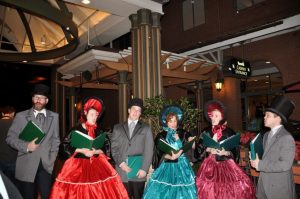 |
| Caroling at Miracle on Fulton Street |
We start with the tried and true ones, from Celebration in the Oaks at City Park to Santa, real reindeer and fake “snow” at the Miracle on Fulton Street. Then there’s the winter wonderland created in the lobby of the Roosevelt Hotel and the evening out sans children for a special Reveillon dinner.
We also try to mix in a few new experiences to brighten the holidays. Last year, we tried a children’s rendition of the Nutcracker at Loyola University and a staging of A Christmas Carol at the Contemporary Arts Center. For New Year’s, we ventured north to Natchitoches to experience the Christmas Festival of Lights, well worth the trip for anyone thinking of visiting this beautiful, historic town.
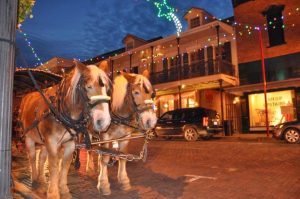 |
| Natchitoches’ Christmas Festival of Lights |
This year, I’ve been eyeing the Moscow Ballet’s Great Russian Nutcracker at the New Orleans Saenger. Perhaps we’ll set off out of town again to experience what the rest of the state has to offer. This weekend, the small town of Arnaudville pulls together some of the region’s best artists for Fire and Water: Le Feu et l’Eau Rural Arts Celebration.
It’s also the time for holiday bonfires, which, believe it or not, we have never seen! Oak Alley hosts their 38th Annual Christmas Bonfire Party this Saturday, Dec. 7. The 24th Annual Festival of the Bonfires lights up next weekend in Lutcher, offering a glimpse into the much-anticipated Christmas Eve bonfire spectacular in Gramercy and Lutcher.
With so much going on, it’s hard to decide where to even begin. Perhaps start with my article in Country Roads on ways for “Lighting the Dark” this holiday season or check out their Calendar of Events for endless possibilities. Maybe we’ll see you around town as you discover the joy of winter in Louisiana.
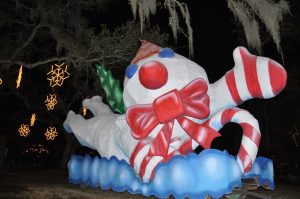 |
| Mr. Bingle at Celebration in the Oaks |
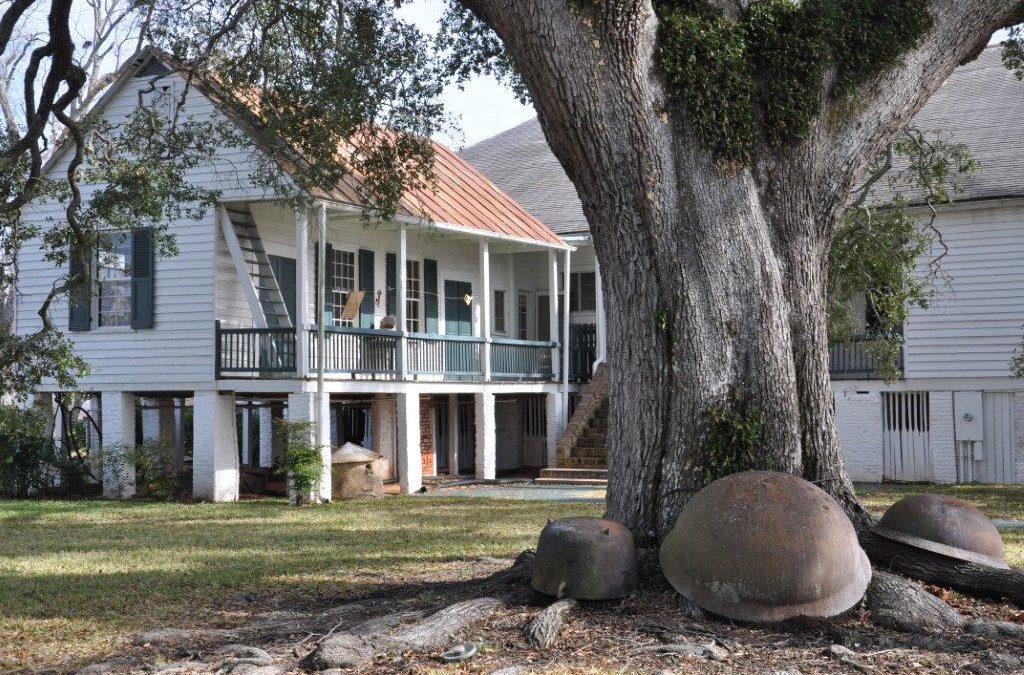
by admin | Jan 15, 2013 | Featured Posts, North Louisiana
From downtown Natchitoches, we took the winding Highway 494 out the east side of town into the rural countryside. Approximately 116,000 acres surrounding Natchitoches make up the Cane River National Heritage Area, which includes several state historic sites, national historic landmarks and the Cane River Creole National Historical Park. The latter is where we were headed, in search of learning more about the Creoles who once thrived in this area.
We had an ambitious day planned, stopping by both plantations included in the National Historical Park, Melrose Plantation in between and then Kisatchie National Forest on the back end of the trip. The route led us first to Oakland Plantation, where we rushed from the parking lot to the nearby pavilion, trying our best to escape the frigid morning air. We picked up a self-guided walking tour and followed the well-defined path toward the tractor shed and mule barn. Not only is the National Park property free to visit, but the scattered out buildings are all open wide for easy touring. We poked our heads inside one building after another, admiring the construction and discussing the old tools and remnants of the past.
 |
| Oakland Plantation Store |
The path steered us toward the old store and post office, which today serves as the Visitor’s Center. Inside, the drafty store held many of the same items available for purchase from when the site was a working plantation. As we poked around, a ranger appeared offering a tour of the main house. Luckily, we were the only ones present at the time, so she adjusted the tour to accommodate the attention spans of a four and two year old. After swearing the kids in as honorary rangers, she showed us the rare and highly guarded bottle garden, where old glass bottles lined the plant beds. We then entered the house, viewing an interesting mix of antique furnishings and modern conveniences such as a TV and “new” kitchen. The ranger told us about the owners, African Americans and Cane River Creoles who once lived and worked here before their property became a testament to the past.
.JPG) |
| Oakland’s Bottle Garden |
 |
| Honorary Ranger Charles |
From Oakland, the road followed the river to Melrose Plantation, significant for the artist colony it once held and the cook turned self-taught artist known as Clementine Hunter. We paid to tour the grounds, and started on the far side of the main house by an abandoned cellar. The kids were overjoyed to find the remains of an armadillo inside, and four-year-old Charles busied himself snapping hundreds of photos with my husband’s iphone. Caught up in his excitement, he dropped the phone inside the doorless building, and Paul was forced to jump through an open window into the pit below to retrieve his phone.
.JPG) |
| Melrose Plantation |
.JPG) |
| Africa House at Melrose Plantation |
Adventure now over, we were able to hustle the kids around to the property’s other historic buildings, such as the Yucca House built between 1796 and 1814 and the highly unusual Africa House and its upstairs Clementine Hunter murals. Hunter’s own small cottage was nearby, another favorite of the children for the lizard that had taken refuge from the cold on her porch.
By now needing lunch, we didn’t stay long at Melrose but were glad we stopped to view this important piece of Louisiana history. The Cane River trail stays true to its past, depicting rural life in the Natchitoches area. Unfortunately for us, this also meant no restaurants in sight. So we scrounged around for the last of our snacks and carried on to Magnolia Plantation, the second of the two National Park properties.
.JPG) |
| Slave Cabin at Magnolia Plantation |
The main house at Magnolia is still privately owned, but the store, a collection of slave houses and a gin barn are all open to the public. Stopping to briefly chat with the ranger inside the Visitor’s Center, he encouraged us to walk the lands and take a look inside the gin at the only wooden screw-type cotton press remaining in its original site. A stack of paper bags lay next to a sign encouraging visitors to gather pecans, so we gave each of the kids their assignment and let them loose. While they competed to see who could find more pecans, we walked around the eight brick slave cabins and viewed the exhibit inside the farthest one. A modified Catholic miraculous medal and several bottles were displayed, evidence of hoodoo rituals and a reminder to me of the Travel Channel’s “Ghost Adventures” show shot here.
.JPG) |
| Kisatchie National Forest |
The ranger had directed us toward a gas station selling sandwiches, where we stopped to refuel both ourselves and the car before crossing I-49 to the Kisatchie Ranger District of Kisatchie National Forest. Home to the 17-mile Longleaf Scenic Byway, the Kisatchie District is touted as one of the most beautiful locations in the state, featuring a landscape of buttes and mesas rarely seen in Louisiana. Shortly into the drive, we stopped at the Longleaf Vista Recreation Area to stretch our legs on the mile and a half interpretive trail.
We were rewarded with a tranquil stream and expansive views of the surrounding wilderness on a surprisingly strenuous hike. Perhaps the difficulty came from carrying kids up and down countless stairs to the flat tops of buttes, but the scenery was well worth the effort. We had even heard rumors that fossils could be found in these hills, but luck was not on our side this time around and we returned only with the pictures and memories from the day’s events.
.JPG) |
| Hiking a Butte at Kisatchie |
.JPG) |
| Sunset at Kisatchie National Forest |

.jpg)

















